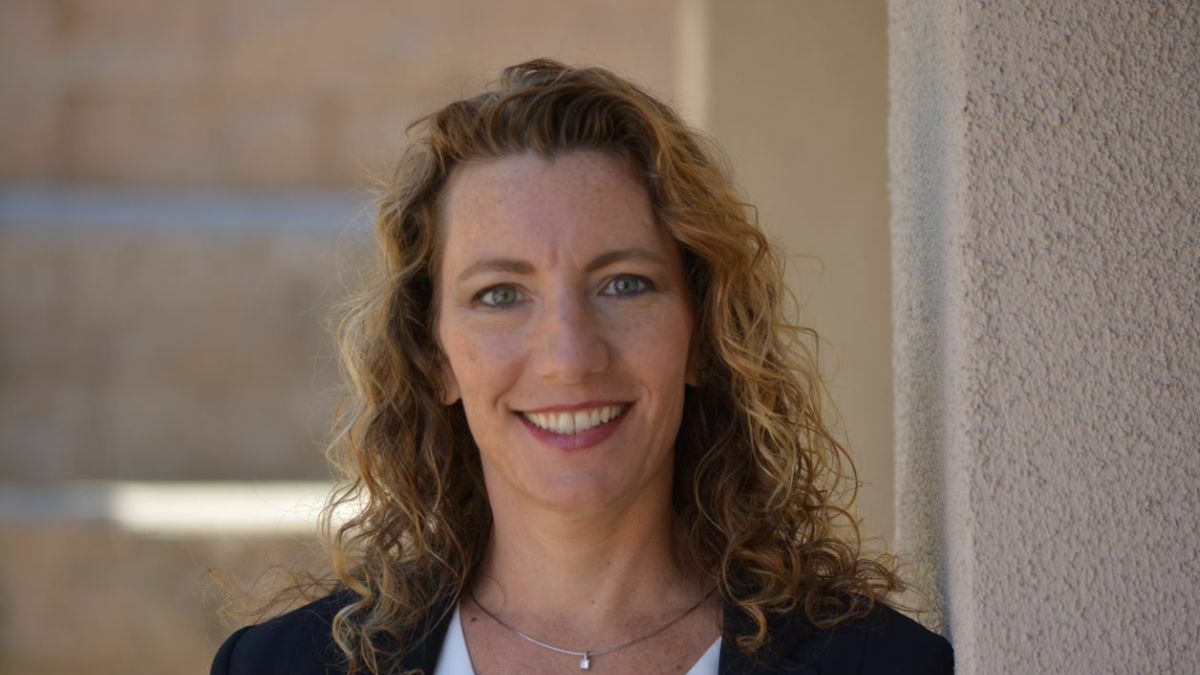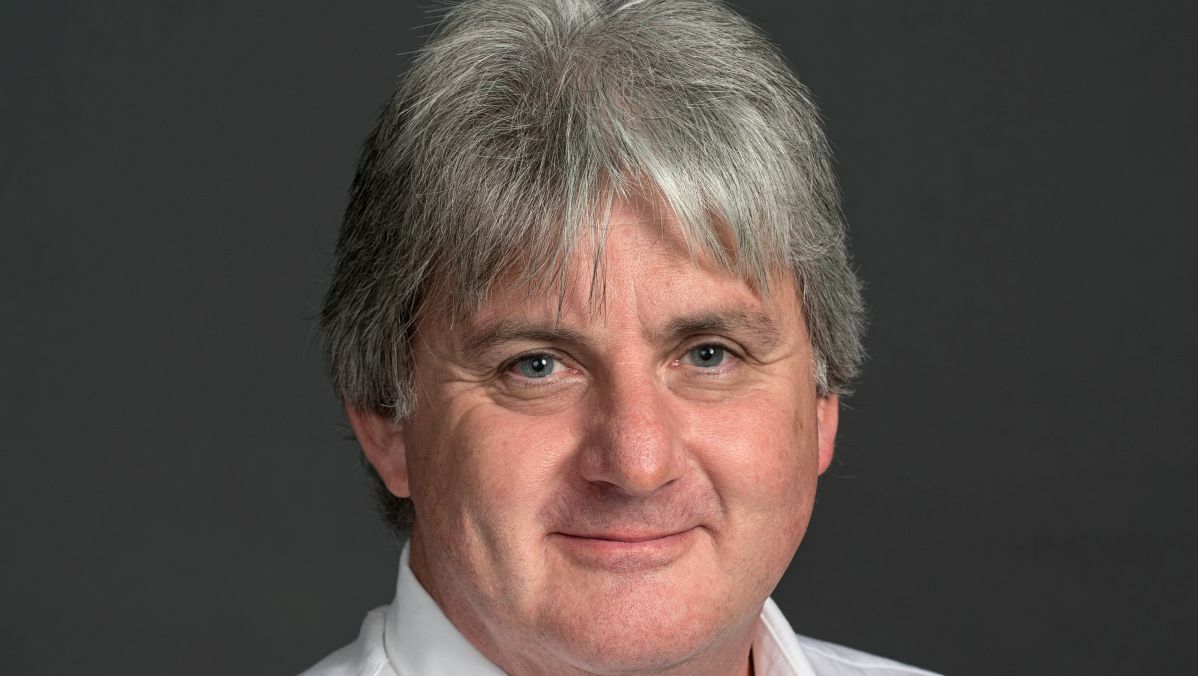BWMS: 21% of systems fail D-2 requirements
Published on by Water Network Research, Official research team of The Water Network in Technology
Commissioning testing of BWMS is not yet compulsory, but those tests that have taken place show a worryingly high fail rate
Owners and operators need to balance myriad factors when selecting a BWMS. These include type-approval, flow rates, trading patterns, purchase price, installation time, crew training and operating costs. But, as Ecochlor vice president of business development Andrew Marshall explained during Riviera Maritime Media’s Navigating the BWMS System Selection Maze webinar, the key criteria is often reduced to: “It’s cheap, it’s got a type-approval certificate, I’ll have it – what is it?”
The lowest capex per ballast water treatment type-approval should never be the criteria for choosing such a complex piece of equipment, but equally, the procurement departments of vessel owners and operators should be aware of selecting one make and model to cover every vessel in the fleet. “Selecting the right equipment for your vessel is absolutely important,” said EnvironManagement vice president Marcie Merksamer, who trained as an environmental biologist and has focused on aquatic invasive species and ballast water topics for 19 years. She assists shipowners with regulatory compliance and guides ballast water treatment technology manufacturers through US and international approvals. A primary goal in her work is to facilitate productive working relationships between scientists, technology developers, industry and regulatory stakeholders. “This may mean that a shipowner is working with more than one manufacturer depending on the operational profiles of their fleet,” she said.
“A UV system might be challenged if you constantly operate in waters with very high levels of total suspended solids”
This was echoed by Mr Marshall, who has more than 30 years in the industry: “There is no one ballast water treatment technology, which is optimised for type of vessel operation, for every size of vessel, for every flow rate. Every ballast water treatment technology has a sweet spot.” Ecochlor has a two-step electrochlorination treatment process that includes filtration and treatment with ClO2. “I personally wouldn’t fit an electrochlorination system on a vessel that was going to operate predominantly in freshwater or very low salinity water,” said Mr Marshall. “You may find that a UV system would be challenged if you constantly operate in waters with very high levels of total suspended solids.”
The procurement of a ballast water treatment system (BWMS) for a newbuilding or for retrofit installation is a lifecycle commitment; the owner or operator has no expectation that the BWMS is going to be replaced at any time during the life of the vessel. Accepting that reality means the selection of the BWMS is as much about the selection of a business partner for the lifetime of the vessel. “Obviously, price is an important consideration, but what is really important is the pre-sale engagement of the manufacturer and most importantly, post-sale,” said Ms Merksamer whose role as a consultant includes working with a wide range of clients on the fitment and testing side. Mr Marshall offered a simple test for a BWMS manufacturer’s credibility: “A manufacturer should be able to demonstrate reliability through strong customer data uptime statistics,” he said.
Andrew Marshall (Ecochlor): “The lowest capex per ballast water treatment type-approval should never be the criteria for choosing a BWMS”
Not everyone has the luxury of choosing the BWMS on the vessel. In the case of a second-hand purchase, the BWMS may already be installed. The new owner would be wise to try and retain crew that understand the BWMS, but often the change of ownership involves a change in shipmanagement and a new crew. Some BWMS manufacturers offer crew training. This can be in the factory, although this has not been possible during most of 2020 due to the travel restrictions from the Covid-19 pandemic. Others, such as Ecochlor, have engineers that visit the vessels to replenish active substances. According to Mr Marshall, this is also an opportunity for training to take place.
Representing owners at the webinar was Capital Ship Management’s director of newbuildings Nikolas Vaporis. He has 10 years new construction experience in Korea with tankers, LNG and container projects. He pointed out that newbuilding shipyards offer only one or two BWMS options. These are the make and models that have made it onto the Makers’ List. An owner has to accept this BWMS or face increased costs to have another BWMS fitted.
Mr Vaporis noted that BWMS continues to be a “black-box” for seafarers and those ashore. It is a technology forced on owners and operators. It is also a technology that is challenging for many to use, be it UV or active substance. That is a concern, but from the shipowner’s point of view the main issue is to acquire as much training as possible before the vessel sales. However, the commercial reality is that the vessel may sail from the yard with the BWMS only partially installed.
From then and throughout the lifecycle of the ship, the major requirements from a ship operators’ viewpoint are for a BWMS to have a full service after-sales operation available 24 hours a day, seven days the week. “A BWMS failure is a 24/7 operation. It is not enough to receive an email six or seven hours later,” said Mr Vaporis.
“The commercial reality is that the vessel may sail from the yard with the BWMS only partially installed”
Training is also required to understand the major components of the BWMS, like pumps and filters. There are across-the-brands BWMS technologies, and owners and operators may have favourite suppliers with which the technical department is most familiar. Several BWMS have been type-approved with different makes of filters. Manufacturer Filtersafe offers crew training at the factory and via simulators; vice president ballast water division Nier Israeli-Spielberg, who for the past 13 years has been instrumental in establishing Filtersafe’s current infrastructure, said that like the BWMS themselves, the filters have been on an evolutionary journey. Filtersafe has adapted to the demands of owners and manufacturers: “Each pressure vessel can be fitted with the fixtures that enable it to be placed vertically or horizontally,” said Mr Israeli-Spielberg. “This allows for the modulisation required for some installations. It also means that for the planners and designers have the choice of configuration,” he said.
Pressure loss
During the webinar Mr Israeli-Spielberg was asked how pressure loss can be minimised. “There are several options,” he explained. “The most common is throttling the outlet. This increases the inlet pressure, but it mitigates the outlet flow, too. One consequence could be a longer ballasting process. Other alternatives include introducing more boosting capacity or replacing the pump. The filter is a pressure differential product and Filtersafe are very efficient in that respect.”
21 May 2020by Craig Jallal
Taxonomy
- Ballast Water
- Shipping

